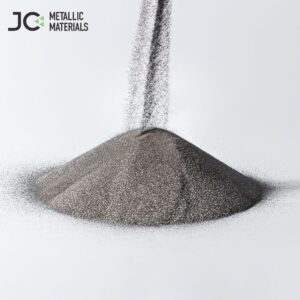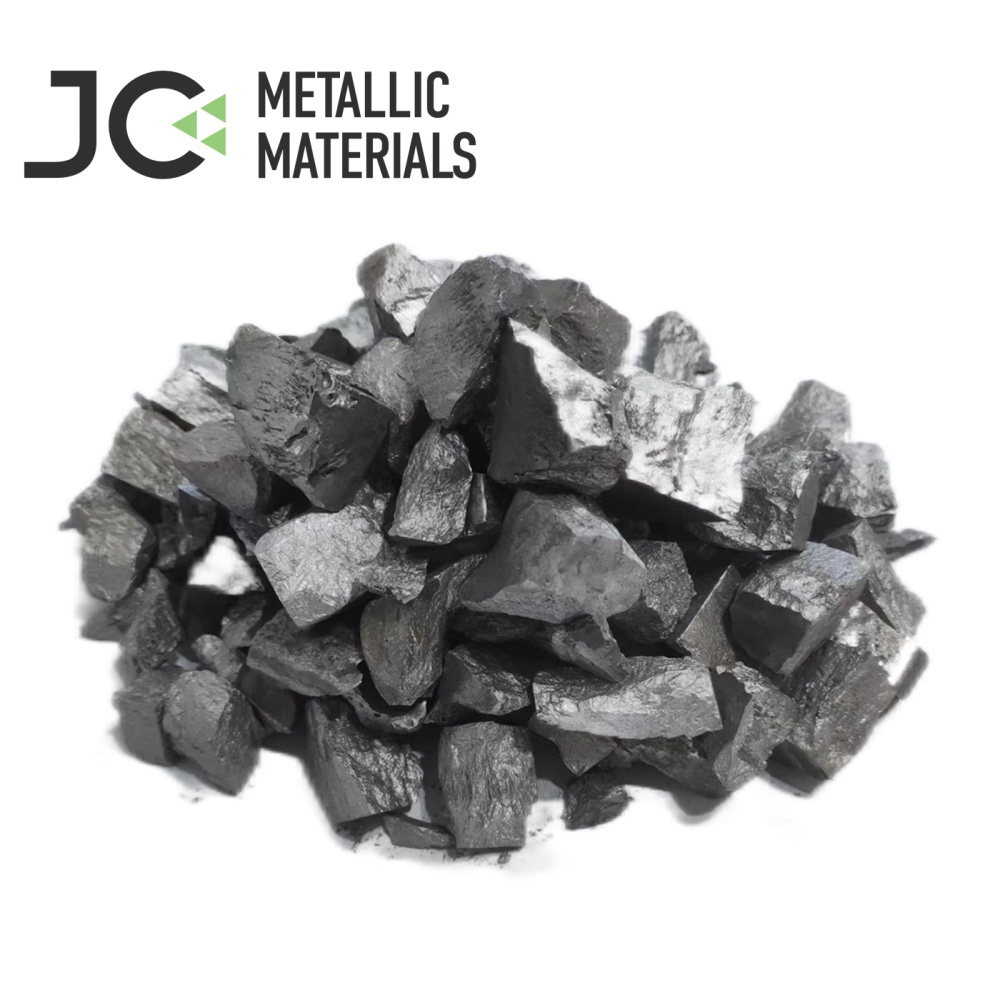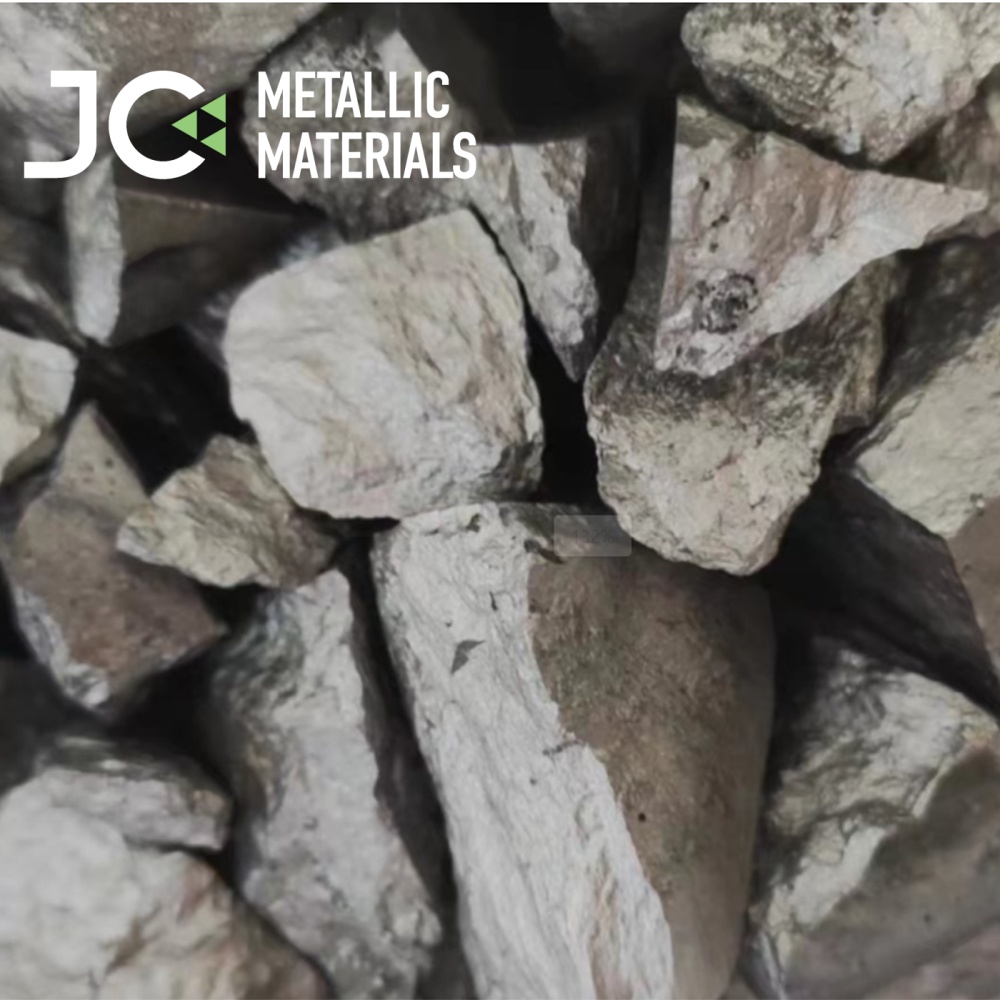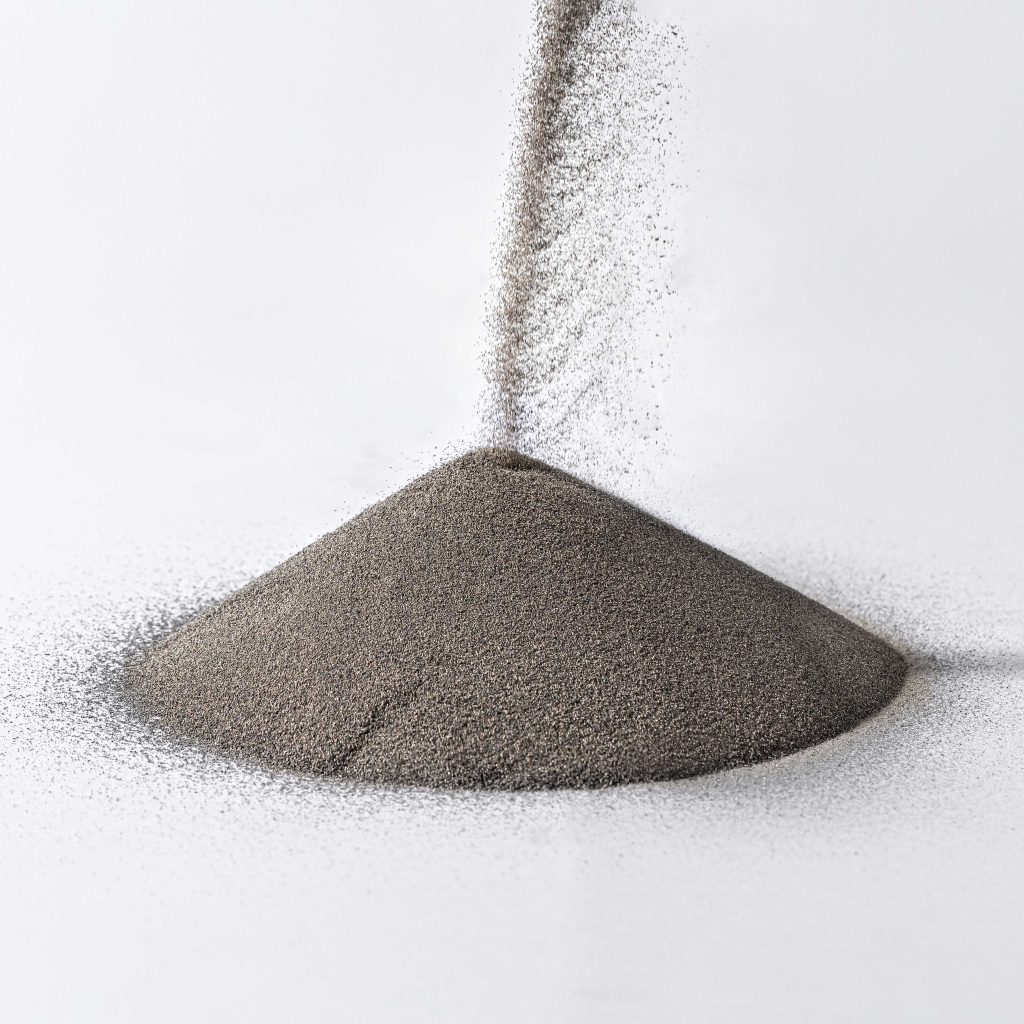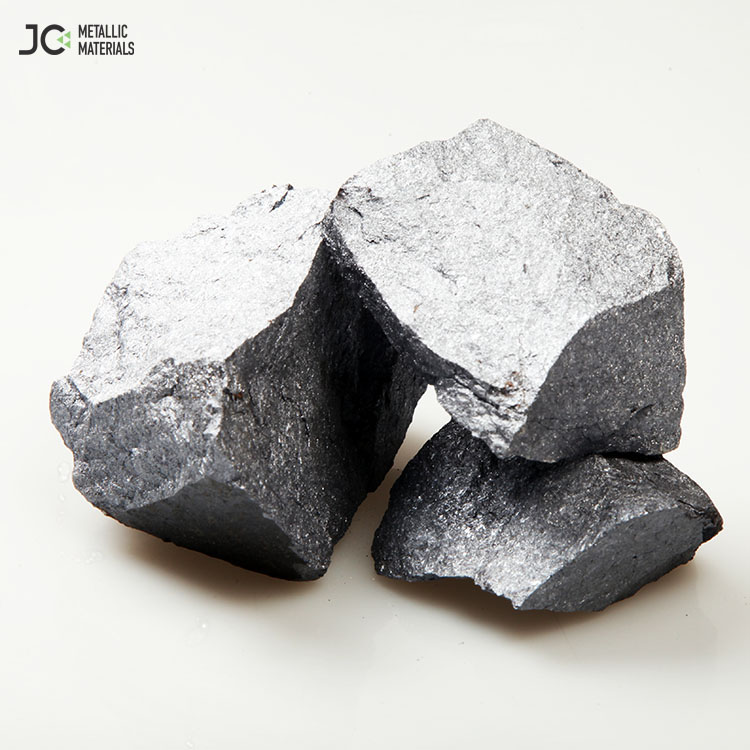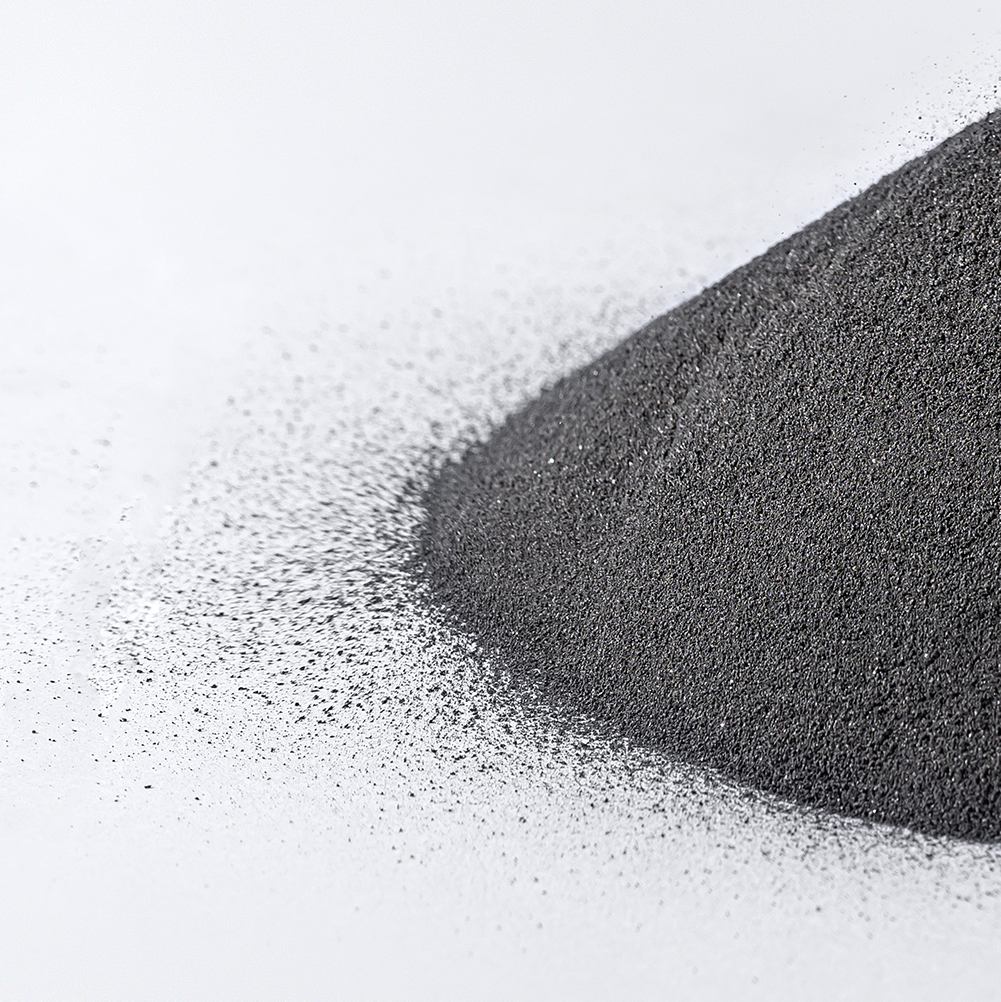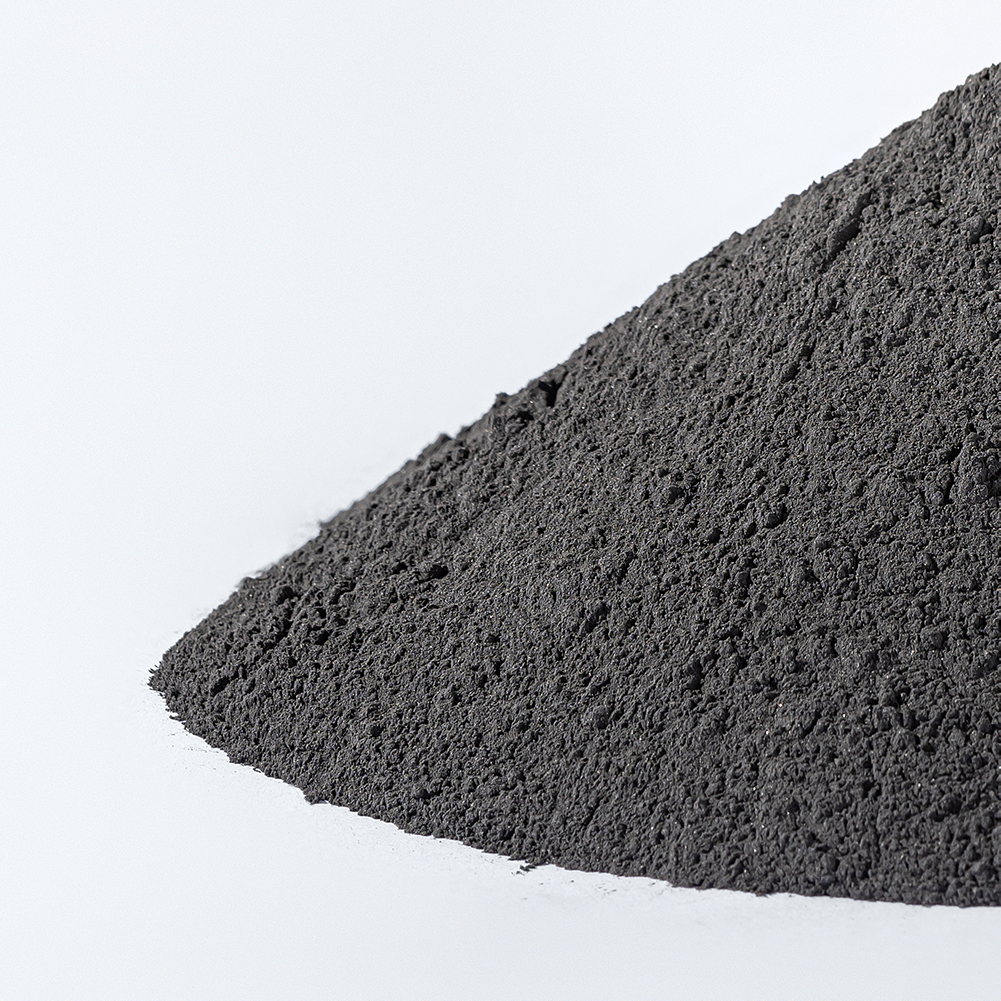
Titanium Powder Vs. Titanium Dioxide Powder: What’s the Difference?
Titanium powder and titanium dioxide powder may sound similar, but they serve entirely different purposes. Titanium dioxide is used as a pigment in cosmetics, sunscreens and paints. Chemical structures, manufacturing processes and applications differ significantly. Understanding the differences is crucial to choosing the best material for your industrial or commercial needs.
Chengdu Jinchun Metallic Materials Co. is a Chinese manufacturer trusted for its high-quality titanium products. It is one of the most reputable in China. They offer reliable and consistent titanium products with advanced equipment and strict control of quality.
This comprehensive guide explains the differences between titanium powder and titanium dioxide powder. Both materials are highly valuable, but they serve different markets and purposes.
What is Titanium Powder?
Titanium powder is made of titanium metal and is a fine grey metallic substance. Due to its large surface, it is highly reactive and widely used in industries such as aerospace, medical implants and additive manufacturing (3D printing). Titanium powder is ideal for high-performance applications due to its excellent strength-to-weight and corrosion resistance.
Properties of Titanium Powder
- High strength-to-weight ratio: Titanium powder has a high strength-to-weight ratio, which makes it an ideal material for lightweight and durable components for aerospace and medical devices.
- Outstanding corrosion resistance: This material resists rusting and degradation in harsh environments such as saltwater or chemical exposure. It extends the life of components.
- Biocompatible and non-toxic:Titanium powder, which is non-toxic and biocompatible, can be used for dental implants, surgical instruments, and other dental applications.
- High melting point (1668°C):Its high melting temperature ensures stability and performance in extreme temperatures.
Applications of Titanium Powder
- Aerospace components: They are lightweight structural parts designed to withstand heat and high stress in aircraft and spacecraft.
- Medical implants and devices:Used in surgical instruments and bone implants due to its biocompatibility.
- 3D printing complex metal parts: It is ideal for additive manufacturing in engineering. It allows high design flexibility and reduces waste.
What is a Titanium Dioxide Powder?
The powdered form of titanium dioxide (TiO₂) is a white pigment that occurs naturally. It’s used for its high refractive index and brightness. This compound, unlike metallic titanium, is non-metallic, non-toxic and can be used in products like cosmetics, food colours, and paints. It is stable chemically and effectively reflects ultraviolet radiation.
Properties of Titanium Dioxide Powder
- Paint and Coatings: The best white pigments for paints and coatings.
- Chemically stable and nonreactive: TiO₂ is stable in heat, moisture and light. This ensures long-term performance for industrial and consumer products.
- UV-resistant properties:It blocks harmful ultraviolet radiation and is ideal for UV-protective coatings and sunscreens.
- Non-Toxic:Titanium dioxide is non-toxic and considered safe to consume.
Applications of Titanium Dioxide Powder
- Paints and coatings with white pigment: Enhances brightness, opacity and durability of decorative and protective coatings in all industries.
- Sunscreens and cosmetics:They act as UV blockers, protecting your skin from sun damage.
- Food additives and pharmaceuticals: Provides whiteness, opacity, and transparency in tablets, chewing gum, and candies while remaining safe to eat.
Are Titanium Powder and Titanium Dioxide Powder the Same?
Titanium powder and titanium dioxide powder are two fundamentally different materials. They have distinct chemical compositions and physical appearances. They also have different industrial applications.
Titanium powder, which is usually grey, is made up of small particles of pure titanium (Ti). It’s known for its high strength and lightweight properties, as well as its corrosion resistance and high melting temperature.
Titanium dioxide powder (TiO₂) is a non-metallic and inorganic white compound that is formed when titanium and oxygen are combined. Due to its high refractive indices and excellent opacity, it is used most often as a pigment.
Both materials are made from titanium, but they are different in terms of structure, processing, and functionality. Titanium dioxide has more of a functional role as a UV blocker and pigment.
How to Turn Titanium Dioxide into Titanium Metal?
Titanium dioxide can be transformed into titanium metal using the Kroll process, which is the most commonly used commercial method for titanium production. This multi-step, energy-intensive metallurgical process includes the following stages:
1: Conversion to Titanium Tetrachloride (TiCl₄)
Titanium dioxide (TiO₂) is mixed with carbon (coke) and chlorine gas at high temperatures (900-1000°C). This produces titanium tetrachloride (TiCl₄) gas and carbon monoxide as a byproduct.
TiO₂+2Cl₂+C→TiCl₄+CO₂TiO₂+2Cl₂+C→TiCl₄+CO₂TiO₂+2Cl₂+C→TiCl₄+CO₂
2: Purification of Titanium Tetrachloride
The crude TiCl₄ will be distilled to remove any impurities, such as vanadium, iron or silicon.
3: Reduction of TiCl₄ to Metallic Titanium
The purified TiCl₄ will be introduced into a reaction vessel sealed with molten magnesium (Mg), at a temperature between 800 and 850°C, in an inert environment (typically argon). Magnesium converts TiCl₄ to spongy titanium metal and MgCl₂ as a by-product.
TiCl₄ + 2Mg → Ti + 2MgCl₂TiCl4+2Mg→Ti+2MgCl2
4: Post-Processing
After the reaction is complete, the titanium sponge will be removed, cleaned and then melted down into ingots, powders, or parts.
The high temperatures, the reactivity and the need for controlled environments make this process time-consuming, expensive and difficult. It is still the best way to make high-purity titanium metal from titanium dioxide.
Final Thoughts
Titanium powder and titanium dioxide powder are both made from the same element (titanium). But they have different properties and industrial values. It is important for engineers, manufacturers and procurement professionals to understand the differences between the two forms of titanium when selecting the right material.
Both materials are essential in technology, even though they are used for unrelated industries and are processed differently.
Selecting the right form for your project or product can improve performance, safety and cost efficiency.
https://www.jinchunmetal.com/?s=Titanium+Dioxide+Powder
